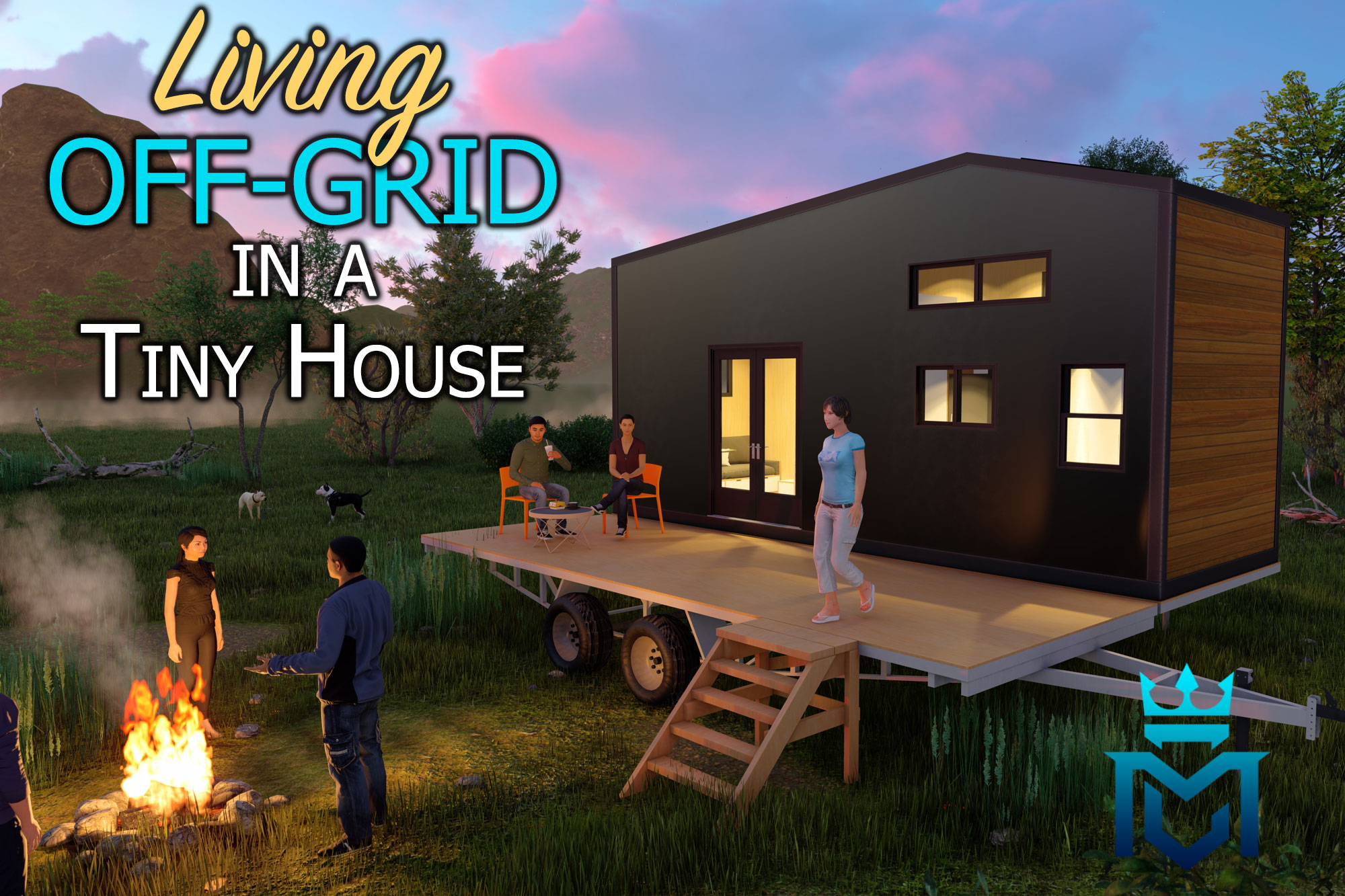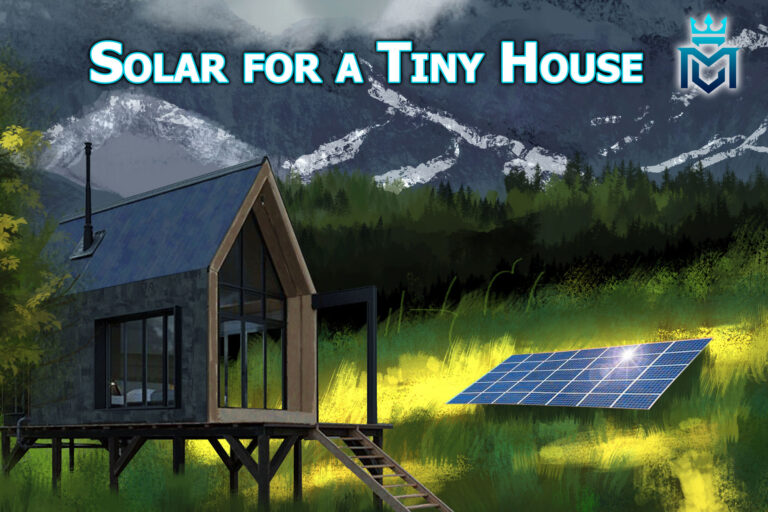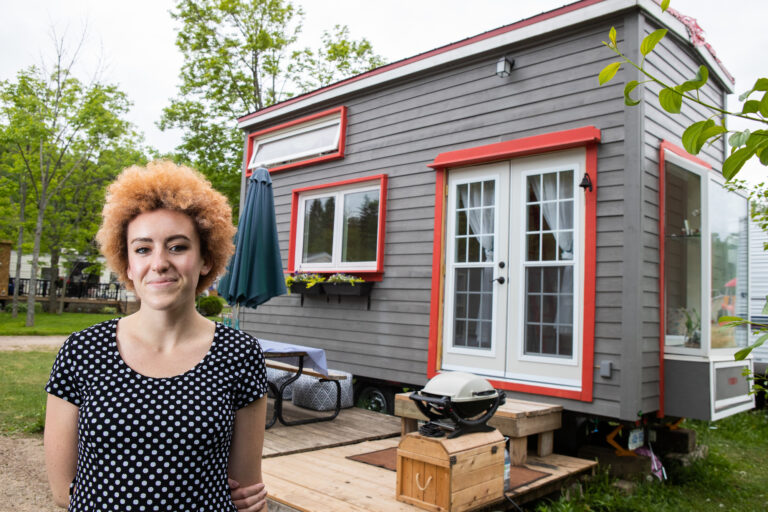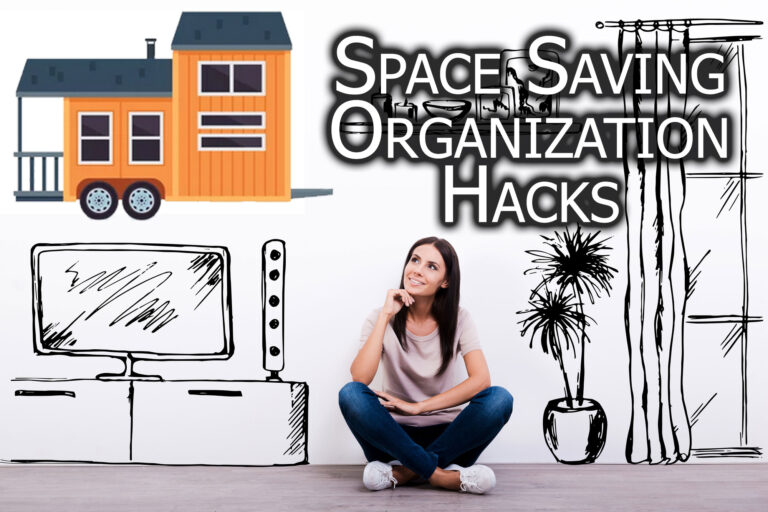Off-Grid Living in a Tiny House
Very few housing trends hit the market quite as hard as the tiny house movement. The industry went from non-existent to being an extremely popular lifestyle.
Well, trends don’t just happen for no reason. The modern tiny house comes with plenty of benefits for its owners and the surrounding environment. Here’s what you need to know about them.
Benefits of Living in a Tiny House
There are undoubtedly many benefits of living in a tiny house, and they are different for everybody who chooses this lifestyle. Some feel closer to nature while others may just want to save some money. Here are some of the key benefits.
Saving Money
Especially if you’re buying land, you are guaranteed to save money in more ways than one by living in a tiny house. First of all, buying or building a tiny house is far cheaper than a traditional, full-size house.
Foundations, excess building materials, and attaching a home to the grid are very expensive processes. You will also be saving a fortune on heating and electrical costs, which add up to thousands of dollars a year in colder regions.
If you’re able to produce your own electricity with solar energy and your own water with a well or by hand, you won’t even be spending money on utilities. Sure, there will be upfront costs for digging a well or installing a water heater, but you can classify this as a “buy once, cry once” purchase.
So, how much money will you save on building? Well, a lot. The average cost to build a house in the US is nearly $300,000, which is even more expensive in states like Massachusetts or California.
However, the average cost to build a tiny house is between $40,000 and $89,000, with a lot more opportunities to save by using recycled or repurposed materials, or based on your own needs.
It’s also unlikely to be able to power an average American home using solar energy, as the energy consumptions are too high. However, with a smaller house that requires less heating, lighting, and overall electricity, it’s perfectly feasible with the right solar panels.
Free Yourself
If you own the land, provide your own electricity, and you have a solution for water and sewage, then this comes with a lot of freedom. You won’t have a 30-year mortgage, utility bills, or a landlord to worry about, and you will be a lot more financially independent than you would otherwise be.
This will help you in the event that you lose your job, choose to work independently, start a business, or retire.
More Time Outside
Everybody could benefit from enjoying the little things in life more often, and being encouraged to spend time outside and connect with nature is the perfect way to do that. People who live in tiny houses tend to spend more time in the great outdoors.
Custom Builds
It’s a lot easier to put your personal flair into a tiny home than a traditional home. You can customize tiny house builds to match your personality and needs without having to live up to the standards of a homeowners association.
Reduce Your Carbon Footprint
This is one of the biggest benefits on the list. It’s more important than ever to reduce out CO2 emissions, and if you have less space to heat and fewer building materials put to use, you will reduce your carbon footprint dramatically.
What You Need To Know
It isn’t all glamour with tiny house living. There are plenty of downsides that may turn certain people away from this lifestyle. However, if you can handle them, the benefits are extraordinary and they last a lifetime.
Water is a Problem
Whether it’s wastewater or drinking water, you will have to find a solution. There are composting toilets, outhouses, and other solutions for your sewage, but none of them are quite as ideal as indoor plumbing. If you can live with that compromise, you’ll be good!
If you can attach a well to your property, that’s great. It will cost a few thousand dollars up front, but it’s well worth it (no pun intended). Sure, that may make your home less mobile but remember, gathering water may not seem too hard until you realize that the average American uses between 80 and 100 gallons of water a day.
Limited Space
This sounds like such an obvious sacrifice, but many don’t realize how much they rely on space until it’s gone. Sure, you can figure out clever storage solutions and all, but sometimes having space to walk around can make it feel easier to breathe.
If you’re the type that spends a lot of time outside, and not just trying to force yourself to, then this won’t be as much of an issue. However, it’s something to keep in mind.
Insurance Gray Zone
Some insurance companies don’t cover tiny homes, so it’s important to check around for the right deals. Flood zones are likely to make insurance rates a lot higher, and they may not cover all the same things as a regular house, but they will still likely be more affordable than covering a traditional house.
Choose Wisely!
Although a tiny house is a lot less of a financial risk than a $300,000 traditional house, it is still a big commitment! Make sure that you know the benefits and the risks before going in and that you are comfortable with it. Stay up to date with our latest tiny house news and feel free to contact us with any questions!







